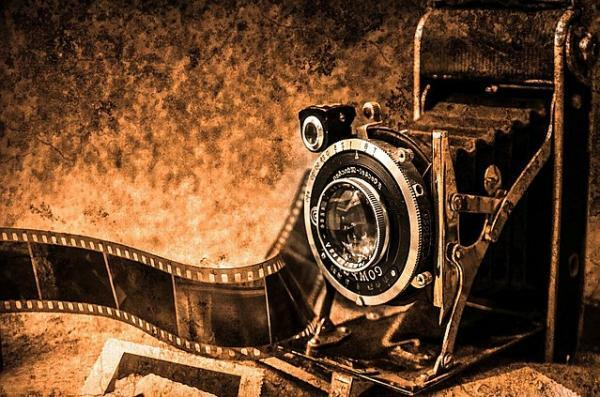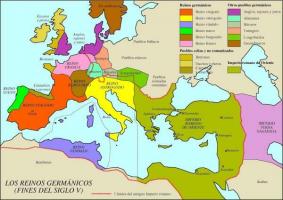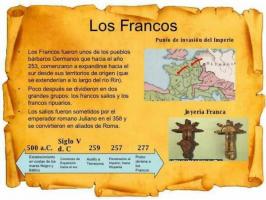Invention of photography: short summary

One of the inventions that have taken our day to day are the Photo cameras, either from our phone or from a larger camera. But although today we see normal to make a selfie or photographing a landscape, the reality is that photography is a very recent invention. Therefore today in this lesson from a PROFESSOR we are going to offer you a short summary of the invention of photography.
Before talking about the invention of photography we must talk about the background, explaining the processes prior to the invention that performed similar tasks to understand the motivations for their creation.
The antecedents of photography take us back many centuries, to ancient times when some intellectuals were looking for similar inventions. Aristotle is believed to have invented the first camera obscura during the Ancient Age, since plans are known by his hand with the description of the device and how it worked. A few centuries later the Arab astronomer Alhacen also conducted various studies on photography, supposedly inventing the pinhole camera.
Even with all this, it took many centuries to experience new advances in this area, being Cesare Cesarino, a disciple of Leonardo da Vinci, who published the first information about the camera obscura thanks, in part to Da Vinci's studies on the subject. During this time great advances were made on the camera obscura, but It was not until the seventeenth century that Johann Zahn he succeeded in transforming the camera from being a room to a portable instrument, although its operation continued to be very different from what we understand today as photography.
The model of the camera obscura was based on the projection of an image to be able to draw on it, as a form of support for drawing, thus being the system on which the current photography camera would be based after many years of evolution.
As an additional note we must know that in Spain there were many antecedents of activities prior to photography, among which we can comment on the dioramas, magic lantern and cosmoramas. Spain is a country with a great photographic tradition, being one of the first countries where photography was taught after its invention in France.

Image: Slideshare
To continue with this short summary of the invention of photography, we must talk about the long process of creating the invention to know all the intellectuals who participated in such important invention.
Niépce's invention
In 1824, a French inventor named Niépce obtained the first photographic images of history, thanks to the use of bitumen in the metal plate of the dark chamber. Niépce's process was very slow, but the inventor knew that with the right help he could speed up the process. A few years later, Niépce came into contact with Daguerre, a painter to whom Niépce explained his procedure for creating photographs. Not long after Niépce died, so Daguerre had to take care to evolve the idea. Daguerre took little more than five years to create the daguerreotype, an instrument through which he managed to imitate Niépce's process but doing it in much less time.
Daguerre and the camera
At first Daguerre had a lot of trouble finding funding for his idea, but eventually he managed to sell the idea to the French government, who considered that the new invention was something that would change the world. Daguerre did not forget that much of the invention was Niépce's responsibility, so in dealing with him French government included that both himself and Niépce's son should have a lifetime salary in exchange for the invention.
Therefore we can say that the people who invented photography were Daguerre and Niépce, the second because it was he who created the precursor invention of the photographic machine, and the first because he was the that he managed to perfect it so that the invention could be used by everyone who could allow.
In later centuries photography has evolved a lot with innovations as important as the arrival of color, the creation of small portable cameras, the inclusion of cameras in other electronic instruments such as mobile phones or tablets, or the advent of photography digital. But all these important innovations would never have been achieved if Daguerre and Niépce had not succeeded in creating the first photographic procedure.

Image: Slideshare



